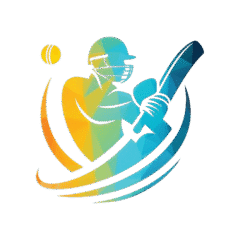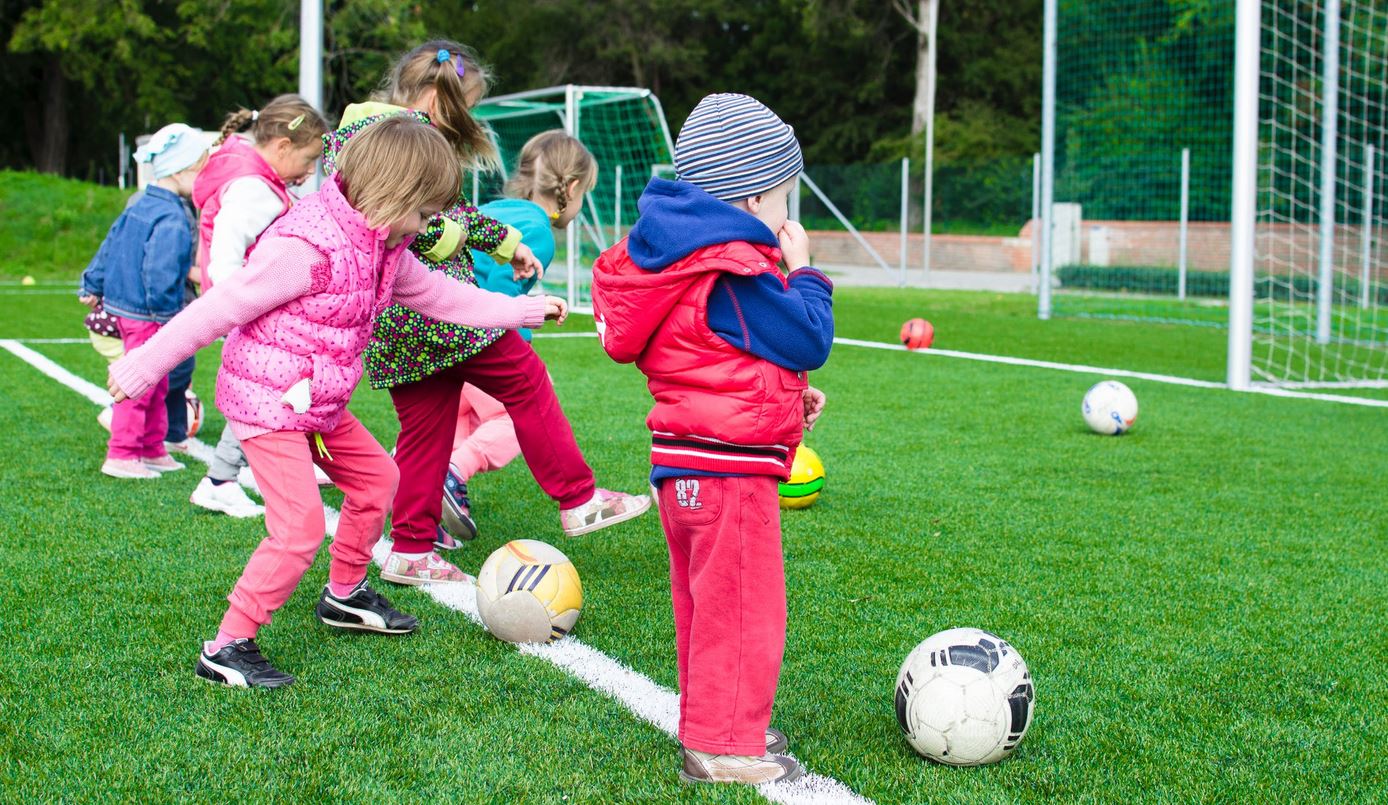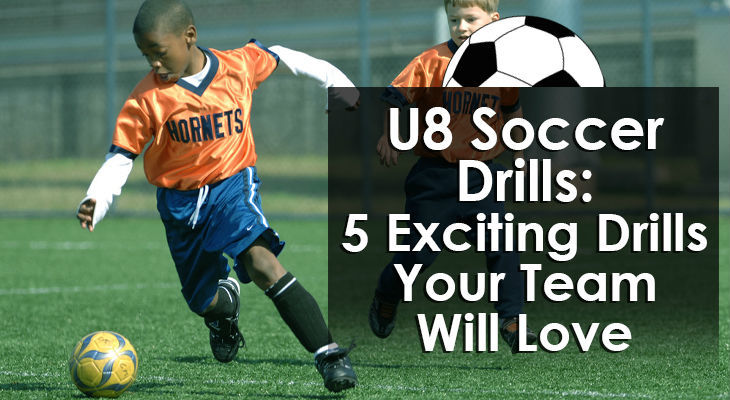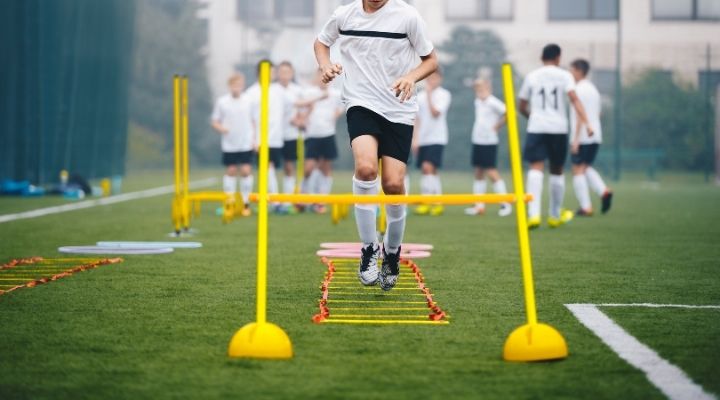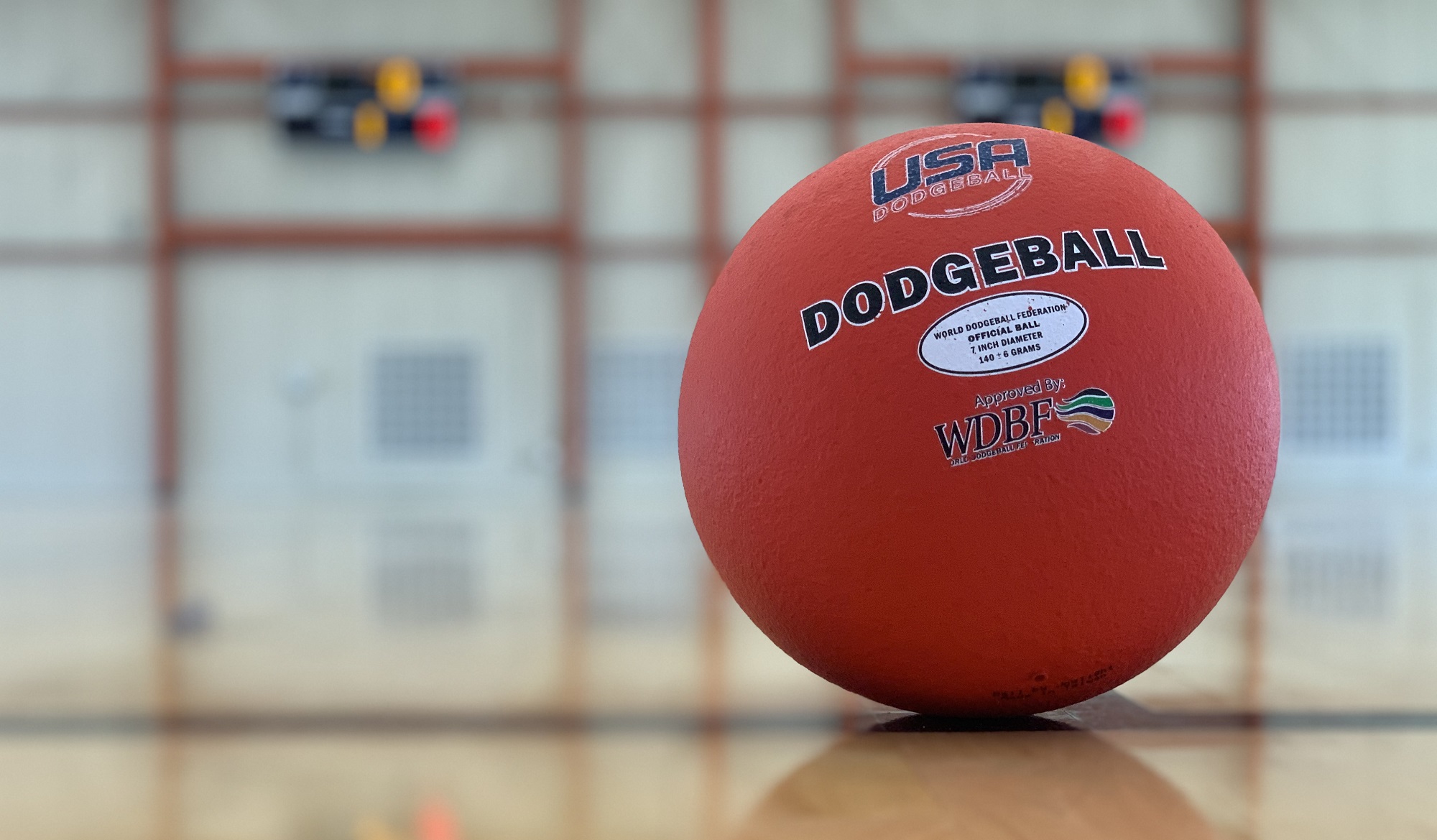U6 Soccer Drills: 7 Fun and Easy Drills to Help Young Players Learn the Game (2024 Update)
When it comes to coaching soccer to 5- and 6-year-olds, the number one rule is simple: keep it fun. At this age, kids are just getting used to being on a team, following instructions, and developing basic coordination. They’re full of energy, easily distracted, and often more excited about the cones than the soccer ball—but that’s totally okay.
Your goal as a coach or parent isn’t to teach complex tactics or perfect technique. Instead, it’s to create a fun, energetic environment that helps young players:
- Get comfortable with the ball
- Develop balance and coordination
- Understand basic movement
- Begin learning the concept of team play
- Fall in love with the game of soccer
The best way to do that? Through fun, simple, fast-paced drills that look more like games than practice. The 7 drills below are specifically designed for U6 players, and they strike the perfect balance between development and play.
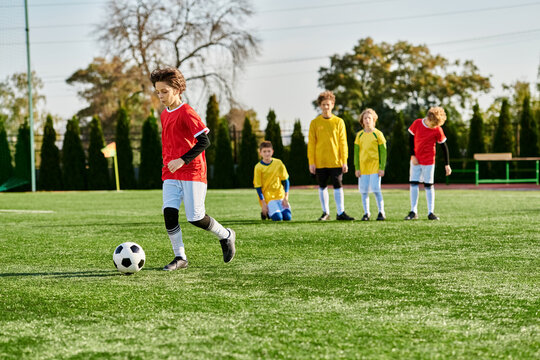
What Should U6 Soccer Drills Focus On?
At the U6 level, kids are in what’s often called the “discovery phase” of learning soccer. This means everything is new: the ball, the team, the field, and even the idea of following rules. So don’t worry about game strategy or winning. Focus on:
- Lots of touches on the ball
- Encouraging movement in all directions
- Developing coordination through play
- Introducing basic soccer concepts like passing and shooting
- Teaching how to share, take turns, and listen
Keep in mind: short activities, quick transitions, and tons of encouragement go a long way at this stage.
1. Red Light, Green Light (Soccer Edition)
Purpose: Teaches basic dribbling and control, while building listening skills.
Setup:
- Use cones to create a 20-yard lane.
- Each child has a ball and starts at one end.
How It Works:
- When the coach says “Green Light,” kids dribble forward.
- “Red Light” means they must stop and freeze with their foot on the ball.
- If a player moves during a red light, they return to the start.
- First to reach the finish line wins.
Why Kids Love It:
It’s fast, silly, and competitive—but also teaches key dribbling and stopping skills in disguise.
2. Sharks and Minnows

Purpose: Builds dribbling under pressure, quick changes of direction, and awareness.
Setup:
- Create a 20×20 yard grid.
- One or two kids are “sharks,” the rest are “minnows” with balls.
How It Works:
- Minnows dribble around the area, trying not to lose their ball.
- Sharks try to steal or kick balls out.
- If a minnow loses their ball, they become a shark.
- Keep playing until only one minnow is left.
Pro Tip:
Start slow, then increase intensity as they get more comfortable.
Why It Works:
It’s a game that feels like recess—but sneaks in ball control, decision-making, and fitness.
3. Cone Dribble Races
Purpose: Helps kids practice dribbling with control and direction.
Setup:
- Set up a simple zigzag course using cones.
- Each child has a ball and starts at the same line.
How It Works:
- Players dribble through the cone course as fast as they can.
- At the end, they sprint back and tag the next teammate (if in teams).
- You can also time individuals and see if they can beat their personal best.
Progression:
Challenge players to use only their left foot, or alternate touches.
Why It Works:
Teaches kids to focus while moving, and adds a fun sense of speed and competition.
4. Freeze Dribble
Purpose: Teaches ball control and spatial awareness while moving.
Setup:
- Mark off a 20×20 grid.
- Every child has a ball.
How It Works:
- Players dribble freely around the grid.
- When the coach yells “Freeze!”, they must stop their ball instantly and balance.
- Praise players who freeze the fastest.
Variation:
Call out different instructions like “touch the ball with your nose” or “do toe taps.”
Why It Works:
It helps players stay aware, controlled, and engaged, while encouraging listening and balance.
5. Clean Your Room
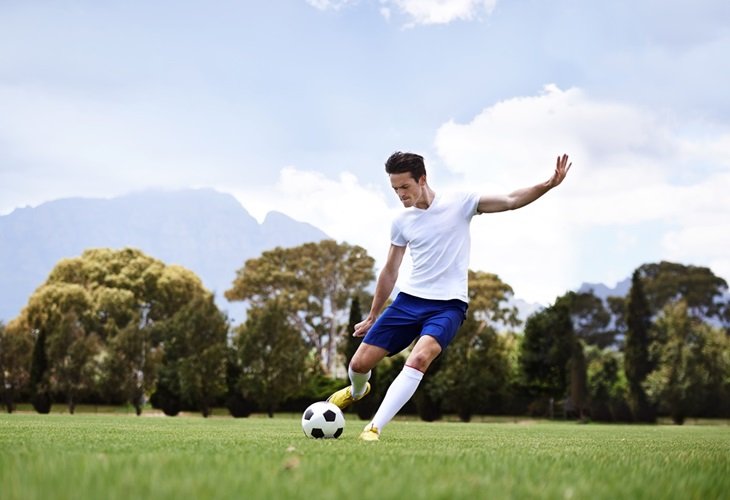
Purpose: Builds strong kicking form, direction, and coordination.
Setup:
- Divide the field into two sides.
- Scatter soccer balls (10–15) across both sides.
How It Works:
- Split players into two teams.
- On “Go,” players kick as many balls as they can onto the other team’s side.
- After 1–2 minutes, the side with the fewest balls wins.
Variation:
Use small cone goals or targets to aim for bonus points.
Why It Works:
This fun chaos teaches kids how to kick with purpose, aim, and react quickly—all while giggling nonstop.
6. Animal Dribbling
Purpose: Helps with coordination, body control, and imaginative play.
Setup:
- Each child has a ball.
- Coach stands in the middle as the “zookeeper.”
How It Works:
- As players dribble, the coach yells out animal names.
- Players must move like that animal while dribbling. (Example: “Cheetah!” = fast, “Elephant!” = slow and heavy steps, “Kangaroo!” = hop on one foot)
Why It Works:
Kids stay fully engaged while improving agility, balance, and foot control through fun movement.
7. Mini Scrimmage (No Goalies)
Purpose: Gives kids the chance to apply what they’ve learned in a fun game.
Setup:
- Use small goals or cones.
- Divide players into 3v3 or 4v4 teams.
How It Works:
- Let them play freely with minimal interruption.
- Encourage passing, dribbling, and sharing.
- No goalkeepers—just lots of action and touches.
Why It Works:
It gives players a chance to apply their skills in a real game-like setting, which is key to development.
Coaching Tips for U6 Soccer Practice

- Keep everything short and active. 5- to 8-minute drills are ideal.
- Be silly and energetic. Get on their level—use fun voices, high-fives, and jokes.
- Celebrate effort, not perfection. Praise good tries and smart decisions more than goals.
- Use games instead of lectures. Kids learn best when they’re moving.
- Let them explore. It’s okay if they don’t “get it” right away. Repetition is key.
Table of Contents
FAQs: Coaching Soccer for 5- and 6-Year-Olds
Q: How long should U6 practices be?
A: Around 45 to 60 minutes is plenty. Keep sessions short, fun, and full of movement.
Q: How many days per week should they practice?
A: One or two sessions a week is great. Don’t overdo it—leave room for free play.
Q: Should we keep score during games?
A: No need at this age. Focus on fun, teamwork, and trying new things.
Q: Do I need fancy gear or drills?
A: Not at all. A few cones, balls, and energy are all you need. Simpler is better.
Q: What if a child just wants to sit or doesn’t engage?
A: That’s okay. Invite them gently but never force it. Kids often come around once they see others having fun.
Q: Is it too early to teach positions or strategy?
A: Way too early. Let kids run, try different things, and explore the game freely.
Final Thoughts
Coaching U6 soccer is less about creating future stars and more about introducing young kids to the game in the most joyful, encouraging way possible. It’s about movement, laughter, discovery—and starting the journey.
These 7 fun soccer drills are designed to get young players moving, smiling, and learning basic skills without ever feeling like they’re doing drills. With just a few cones, some creativity, and a little patience, you can help create a love for soccer that lasts for years.
Remember: at this age, the best coach is the one who makes soccer the highlight of their week.
